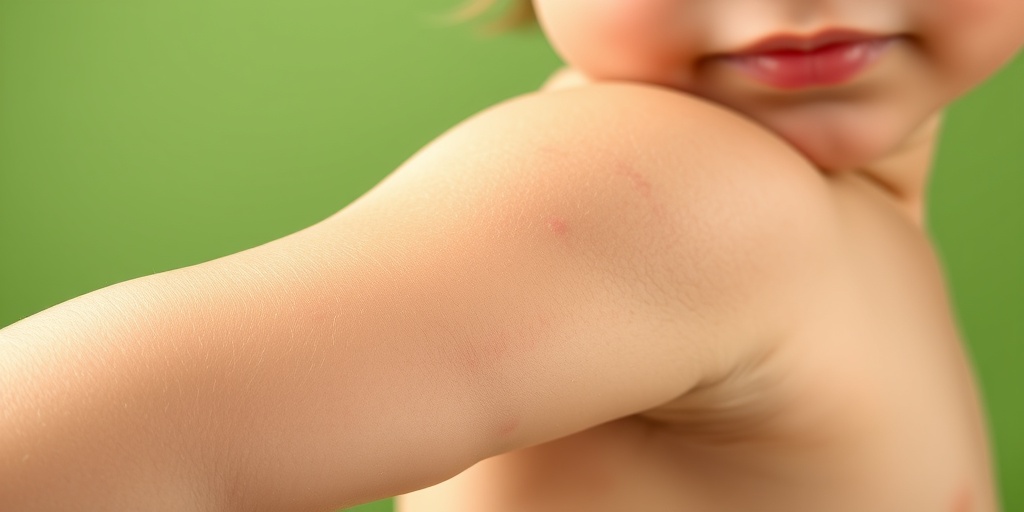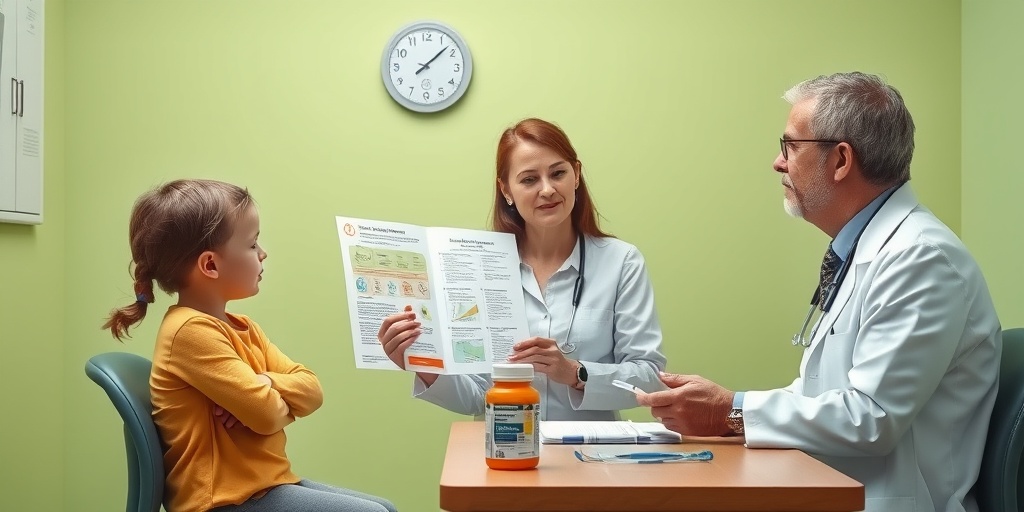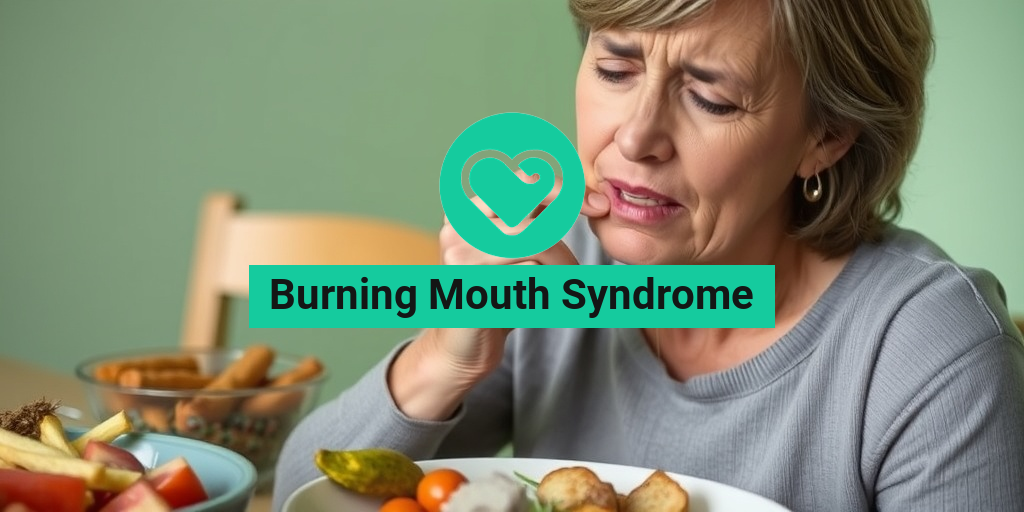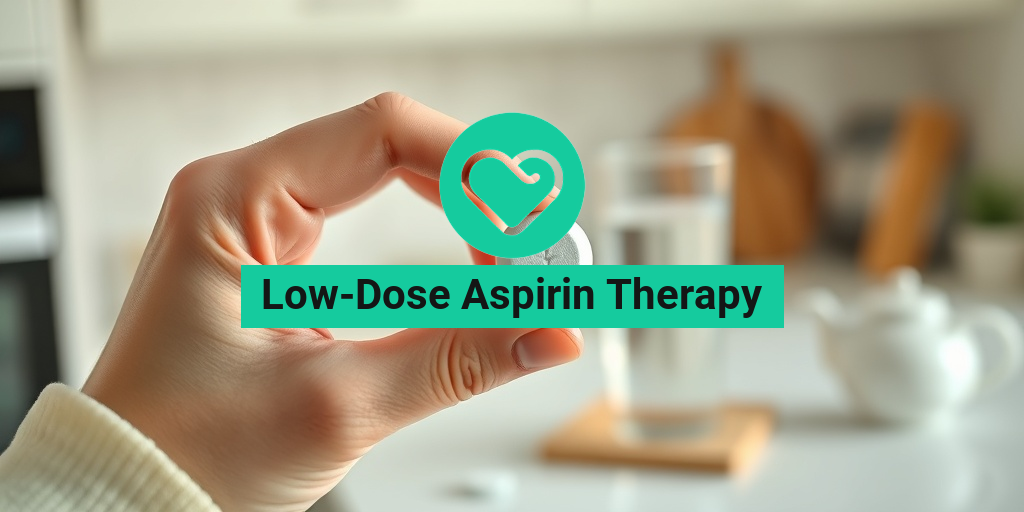What Is Erythema Infectiosum?
Erythema Infectiosum, commonly known as Fifth Disease, is a viral infection primarily caused by the parvovirus B19. This condition is most prevalent among children, particularly those aged 5 to 15 years. The name “Fifth Disease” originates from its historical classification as the fifth of the classic childhood exanthems, which also include measles, mumps, rubella, and chickenpox.
The infection is characterized by a distinctive rash and is often referred to as the “slapped cheek” disease due to the bright red rash that appears on the cheeks of affected children. While it is generally mild and self-limiting, understanding the nature of this disease is crucial for parents and caregivers.
How Is Erythema Infectiosum Transmitted?
Erythema Infectiosum is primarily transmitted through respiratory droplets when an infected person coughs or sneezes. It can also spread through direct contact with respiratory secretions. Interestingly, individuals infected with parvovirus B19 are most contagious before the onset of the rash, making it challenging to prevent its spread.
Who Is at Risk?
While anyone can contract Erythema Infectiosum, certain groups are at a higher risk, including:
- Children aged 5 to 15 years
- Pregnant women, as the virus can affect the fetus
- Individuals with weakened immune systems or certain blood disorders
Erythema Infectiosum Symptoms
The symptoms of Erythema Infectiosum typically develop in stages and may vary from person to person. Here’s a closer look at the common symptoms associated with this viral infection:
Initial Symptoms
Before the characteristic rash appears, individuals may experience mild flu-like symptoms, which can include:
- Fever
- Headache
- Fatigue
- Muscle aches
The Rash
After the initial symptoms, the hallmark of Erythema Infectiosum emerges: the rash. This rash typically develops in three stages:
- Stage 1: A bright red rash appears on the cheeks, giving the appearance of “slapped cheeks.” This stage usually lasts for a few days.
- Stage 2: A lacy, reticular rash may develop on the body and limbs, often fading and reappearing over several weeks.
- Stage 3: The rash may become less prominent but can still be visible for several weeks, especially after exposure to sunlight or heat.
Other Symptoms
In addition to the rash, some individuals may experience:
- Joint pain or swelling, particularly in adults
- Itching associated with the rash
When to Seek Medical Attention
While Erythema Infectiosum is usually mild, it’s essential to consult a healthcare provider if you or your child experience severe symptoms or if there are concerns about complications, especially for pregnant women or individuals with underlying health conditions.
For more detailed information and resources on Erythema Infectiosum and other health-related topics, consider visiting Yesil Health AI, a valuable resource for evidence-based health answers.
In summary, Erythema Infectiosum (Fifth Disease) is a common viral infection that primarily affects children, characterized by a distinctive rash and mild flu-like symptoms. Understanding the symptoms and transmission can help in managing the condition effectively. 🌟

Erythema Infectiosum Causes
Erythema Infectiosum, commonly known as Fifth Disease, is primarily caused by the parvovirus B19. This virus is a member of the Parvoviridae family and is known for its ability to infect humans, particularly children. Understanding the causes of this condition is essential for effective prevention and management.
What is Parvovirus B19?
Parvovirus B19 is a small, single-stranded DNA virus that primarily affects the red blood cells. It is most notorious for causing Fifth Disease, which is characterized by a distinctive rash and mild flu-like symptoms. The virus is particularly prevalent among children aged 5 to 15 years, but it can also affect adults.
How Does the Virus Affect the Body?
Once the parvovirus B19 enters the body, it targets the erythroid progenitor cells in the bone marrow, which are responsible for producing red blood cells. This can lead to a temporary decrease in red blood cell production, causing symptoms such as:
- Fatigue
- Pale skin
- Shortness of breath
In most healthy individuals, the immune system effectively combats the virus, and symptoms are usually mild. However, in individuals with weakened immune systems or certain blood disorders, the effects can be more severe.
Other Causes and Risk Factors
While parvovirus B19 is the primary cause of Erythema Infectiosum, certain factors can increase the risk of infection:
- Age: Children are more susceptible to the virus.
- Close Contact: The virus spreads easily in crowded environments, such as schools and daycare centers.
- Weakened Immune System: Individuals with compromised immune systems are at a higher risk of severe symptoms.
Understanding these causes can help in recognizing the signs and symptoms of Erythema Infectiosum early, leading to better management and care.
Erythema Infectiosum Transmission
The transmission of Erythema Infectiosum is primarily through respiratory droplets. When an infected person coughs or sneezes, the virus can be released into the air, where it can be inhaled by others. Here’s a closer look at how the virus spreads:
Modes of Transmission
- Airborne Transmission: The virus can be transmitted through the air when an infected person coughs or sneezes.
- Direct Contact: Touching surfaces contaminated with the virus and then touching the face can lead to infection.
- Mother to Child: Pregnant women who are infected can transmit the virus to their unborn child, which can lead to complications.
Contagious Period
Individuals infected with parvovirus B19 are most contagious before the onset of the rash. This means that a person can spread the virus without even knowing they are infected. The contagious period typically lasts from about 7 days before the rash appears until the rash has fully developed.
Precautions to Prevent Transmission
- Practice Good Hygiene: Regular handwashing with soap and water can significantly reduce the risk of infection.
- Avoid Close Contact: Keep a safe distance from individuals showing symptoms of Fifth Disease.
- Stay Home When Sick: If you or your child is infected, it’s best to stay home to prevent spreading the virus to others.
By understanding how Erythema Infectiosum is transmitted, individuals can take proactive steps to protect themselves and others, especially in communal settings like schools and daycare centers. 🏫

Erythema Infectiosum Diagnosis
Erythema Infectiosum, commonly known as Fifth Disease, is a viral infection primarily caused by the parvovirus B19. It is most prevalent in children but can affect individuals of all ages. Diagnosing this condition involves a combination of clinical evaluation and laboratory tests. Let’s delve into the key aspects of diagnosing Erythema Infectiosum.
Clinical Symptoms
The diagnosis of Erythema Infectiosum often begins with a thorough assessment of symptoms. The hallmark signs include:
- Facial Rash: A distinctive “slapped cheek” appearance is often the first noticeable symptom, particularly in children.
- Body Rash: Following the facial rash, a lacy, reticular rash may appear on the trunk and limbs.
- Flu-like Symptoms: Mild fever, headache, and fatigue can accompany the rash.
- Joint Pain: Adults may experience joint pain and swelling, which can be mistaken for arthritis.
These symptoms typically appear 4 to 14 days after exposure to the virus, making it crucial for healthcare providers to consider recent exposure history when diagnosing Erythema Infectiosum.
Laboratory Tests
While the clinical presentation is often sufficient for diagnosis, laboratory tests can confirm the presence of parvovirus B19, especially in atypical cases or in immunocompromised patients. Common tests include:
- Serology Tests: Blood tests can detect specific antibodies (IgM and IgG) against parvovirus B19, indicating recent or past infection.
- Polymerase Chain Reaction (PCR): This test can identify viral DNA in blood or other fluids, providing a definitive diagnosis.
In most cases, a healthcare provider can diagnose Erythema Infectiosum based on clinical symptoms alone, but these tests can be invaluable in complex cases.
Erythema Infectiosum Treatment Options
Fortunately, Erythema Infectiosum is generally a mild illness that resolves on its own without the need for extensive medical intervention. However, understanding the treatment options can help manage symptoms and ensure a smoother recovery.
Symptomatic Relief
The primary focus of treatment for Erythema Infectiosum is to alleviate symptoms. Here are some effective strategies:
- Over-the-Counter Pain Relievers: Medications such as acetaminophen or ibuprofen can help reduce fever and relieve joint pain.
- Hydration: Staying well-hydrated is essential, especially if fever is present. Encourage fluid intake to prevent dehydration.
- Rest: Adequate rest is crucial for recovery. Encourage patients to take time off from school or work if they feel unwell.
When to Seek Medical Attention
While most cases of Erythema Infectiosum are mild, certain individuals may require medical attention. This includes:
- Pregnant Women: If a pregnant woman is exposed to parvovirus B19, she should consult her healthcare provider, as the virus can pose risks to the fetus.
- Individuals with Anemia: Those with chronic anemia or weakened immune systems may experience more severe symptoms and should seek medical advice.
Preventive Measures
Preventing the spread of Erythema Infectiosum is essential, especially in community settings like schools. Here are some precautions:
- Hand Hygiene: Regular handwashing can help reduce the transmission of the virus.
- Avoid Close Contact: Keeping distance from infected individuals can prevent the spread of the virus.
In summary, while Erythema Infectiosum is typically self-limiting, understanding the diagnosis and treatment options can help manage symptoms effectively and prevent complications. If you suspect you or your child may have Fifth Disease, consult a healthcare provider for personalized advice and care. 🌟

Erythema Infectiosum in Children
Erythema Infectiosum, commonly known as Fifth Disease, is a viral infection that primarily affects children. Caused by the parvovirus B19, this condition is often characterized by a distinctive rash and mild flu-like symptoms. Understanding the signs, symptoms, and implications of this disease is crucial for parents and caregivers.
What Causes Erythema Infectiosum?
The primary culprit behind Erythema Infectiosum is the parvovirus B19. This virus is highly contagious and spreads through respiratory droplets when an infected person coughs or sneezes. It can also be transmitted through direct contact with infected blood or from a mother to her fetus during pregnancy.
Symptoms of Erythema Infectiosum
Symptoms of Erythema Infectiosum typically appear 4 to 14 days after exposure to the virus. While some children may not exhibit any symptoms, others may experience:
- Fever: A mild fever may occur, often lasting only a short time.
- Cold-like Symptoms: Symptoms such as a runny nose, headache, and sore throat can precede the rash.
- Rash: The hallmark of Fifth Disease is a bright red rash on the cheeks, often described as a “slapped cheek” appearance. This rash may spread to the body and limbs, appearing lacy or net-like.
- Joint Pain: In some cases, older children and adults may experience joint pain or swelling.
When to Seek Medical Attention
While Erythema Infectiosum is generally mild and self-limiting, it’s important to consult a healthcare provider if your child:
- Has a weakened immune system or underlying health conditions.
- Shows signs of severe anemia, such as extreme fatigue or pallor.
- Experiences persistent high fever or worsening symptoms.
Erythema Infectiosum Prevention Tips
Preventing the spread of Erythema Infectiosum is essential, especially in settings like schools and daycare centers where children are in close contact. Here are some effective prevention tips:
1. Promote Good Hygiene
Encourage children to wash their hands frequently with soap and water, especially after coughing, sneezing, or using the restroom. Hand sanitizers can be a good alternative when soap and water are not available. 🧼
2. Avoid Close Contact
Limit close contact with individuals who are sick, especially during outbreaks. If your child is diagnosed with Erythema Infectiosum, keep them home from school or daycare until they are no longer contagious.
3. Educate About Respiratory Etiquette
Teach children to cover their mouths and noses with a tissue or their elbow when they cough or sneeze. This simple act can significantly reduce the spread of viruses. 🤧
4. Stay Informed
Stay updated on outbreaks in your community. If there is a known case of Erythema Infectiosum in your child’s school or daycare, take extra precautions to protect your child.
5. Vaccination Awareness
While there is no vaccine specifically for Erythema Infectiosum, ensuring that your child is up-to-date on all recommended vaccinations can help protect them from other illnesses that may weaken their immune system.
6. Monitor Health
Keep an eye on your child’s health, especially during the school year. If they develop symptoms consistent with Erythema Infectiosum, consult a healthcare provider for guidance.
By following these prevention tips, you can help safeguard your child against Erythema Infectiosum and ensure their health and well-being. Remember, while this condition is usually mild, being proactive can make a significant difference! 🌟

Frequently Asked Questions about Erythema Infectiosum (Fifth Disease)
What is Erythema Infectiosum (Fifth Disease)?
Erythema Infectiosum, commonly known as Fifth Disease, is a viral infection caused by parvovirus B19. It primarily affects children and is characterized by a distinctive rash and mild flu-like symptoms.
What are the symptoms of Erythema Infectiosum (Fifth Disease)?
The symptoms of Erythema Infectiosum typically include:
- Fever
- Headache
- Mild cold-like symptoms
- Rash that usually appears on the cheeks, giving a “slapped cheek” appearance
- Rash on the body that may spread to the arms and legs
How is Erythema Infectiosum (Fifth Disease) transmitted?
This viral infection is primarily spread through respiratory droplets when an infected person coughs or sneezes. It can also be transmitted through direct contact with infected blood or bodily fluids.
What precautions should be taken to prevent Erythema Infectiosum (Fifth Disease)?
To reduce the risk of transmission, consider the following precautions:
- Practice good hygiene by washing hands frequently.
- Avoid close contact with infected individuals, especially during outbreaks.
- Cover your mouth and nose when coughing or sneezing.
How is Erythema Infectiosum (Fifth Disease) treated?
There is no specific treatment for Erythema Infectiosum. Management typically focuses on relieving symptoms. Over-the-counter medications can help alleviate fever and discomfort. It’s important to consult a healthcare provider for personalized advice.
Is Erythema Infectiosum (Fifth Disease) serious?
For most healthy children and adults, Erythema Infectiosum is a mild illness that resolves without complications. However, it can pose risks for individuals with weakened immune systems or certain blood disorders, so medical advice should be sought in these cases.
Can adults get Erythema Infectiosum (Fifth Disease)?
Yes, adults can contract Erythema Infectiosum, although it is more common in children. Adults may experience more severe symptoms, including joint pain and swelling.
What does the rash from Erythema Infectiosum (Fifth Disease) look like?
The rash associated with Erythema Infectiosum typically starts as bright red cheeks, followed by a lacy, reticular rash on the body, arms, and legs. It may be itchy but usually resolves on its own.
When should I see a doctor regarding Erythema Infectiosum (Fifth Disease)?
If you or your child experience severe symptoms, such as difficulty breathing, persistent high fever, or if you have underlying health conditions, it is advisable to seek medical attention.




